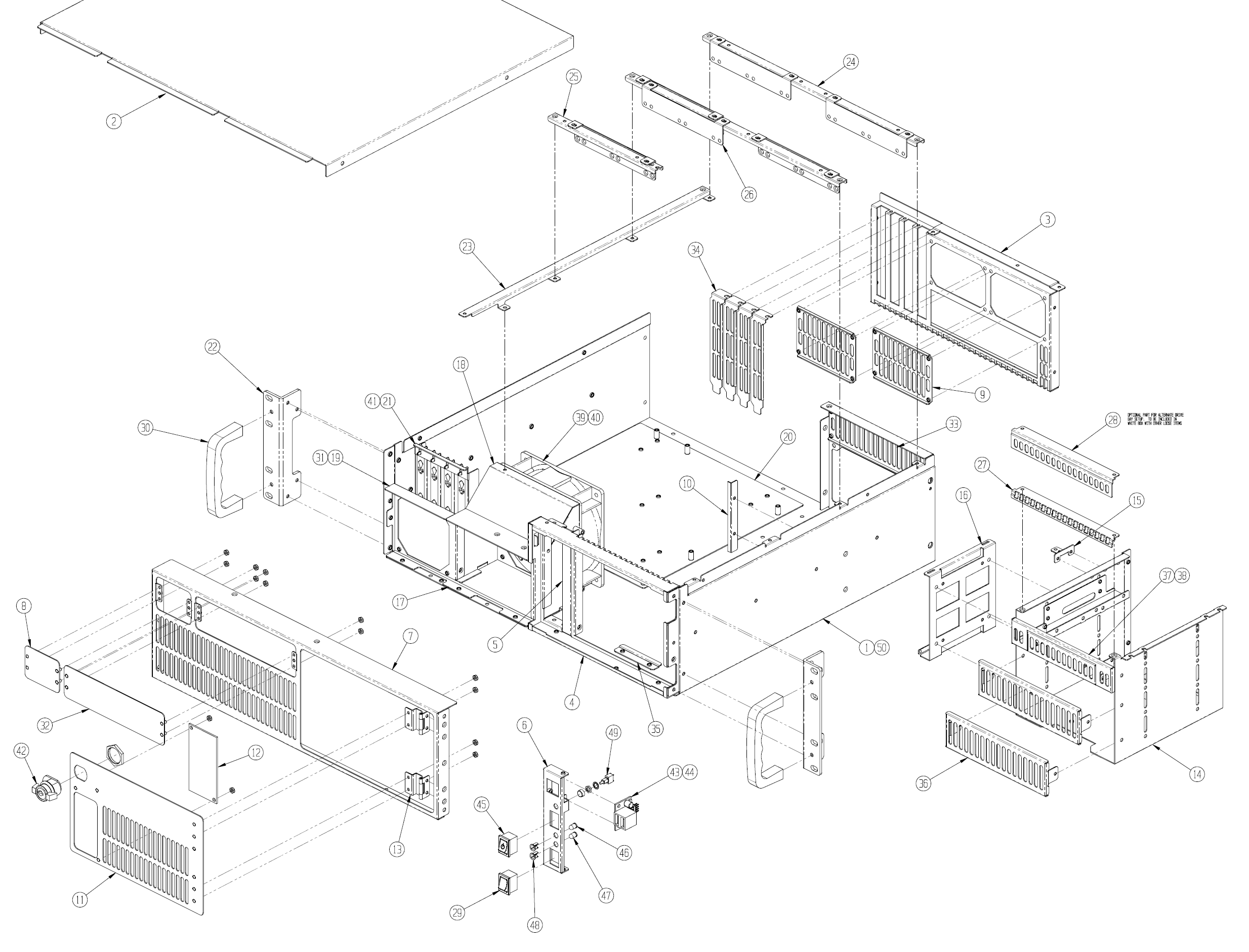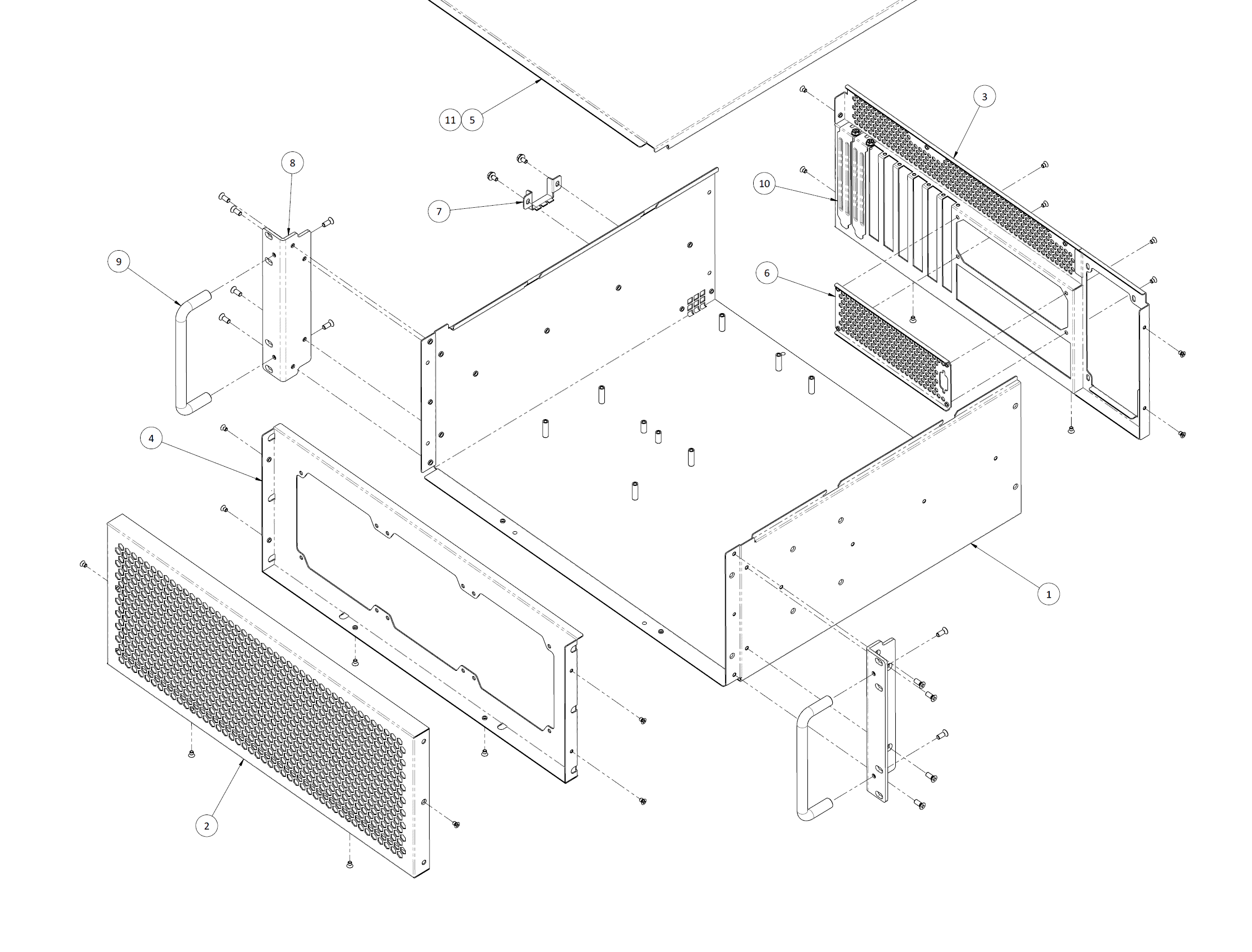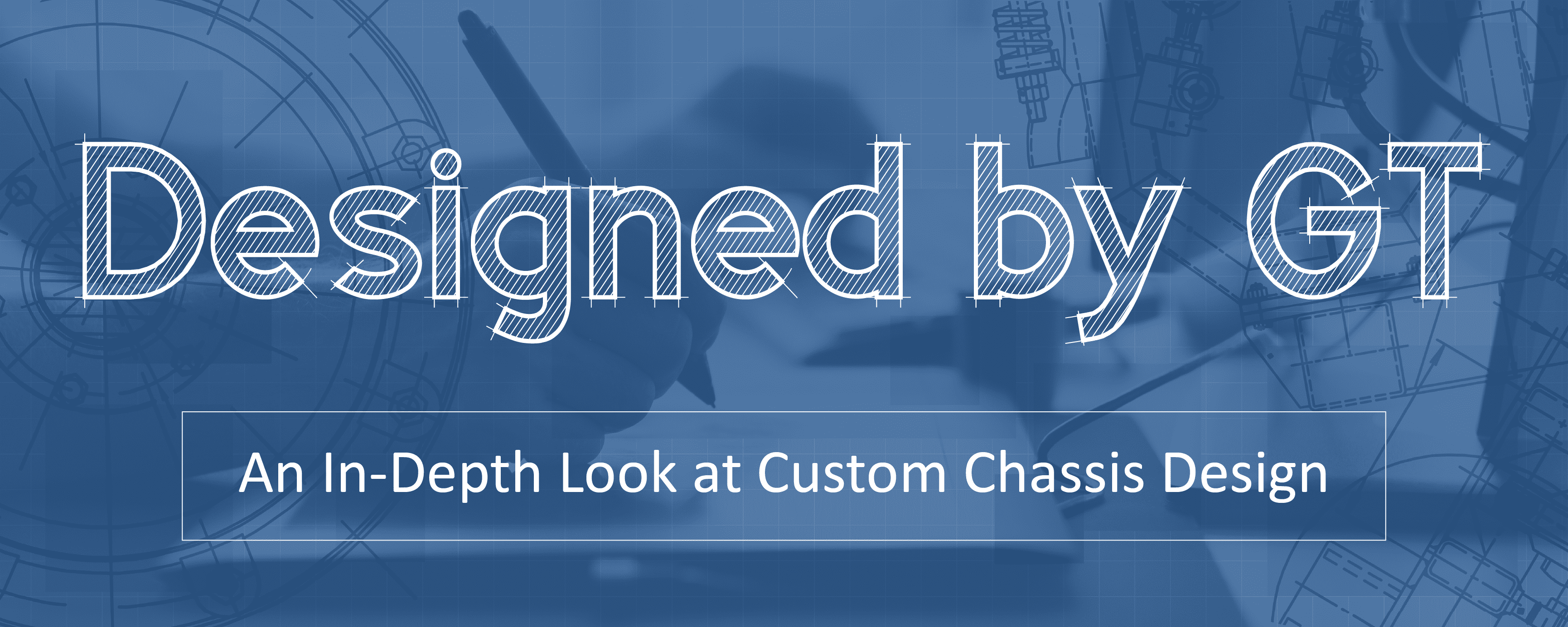In this blog series, we’re exploring design for manufacture from its conception to the production line. In Part 1, we discussed the origins of good design ideas. Later, we’ll see how your constraints actually help shape the design, and we’ll take an in depth look at the five phases of producing a custom computer system. In this post, we’ll dive in by clarifying the design objectives. There’s no better way to do that than by working closely with you.
How You Can Help Us
GT works with you to shape your ideas into a real product. For example, our clients may already have in mind a look and feel or size and shape that they want to recreate. They may be starting with a completely blank page or bring sketches and fully formed designs to the table. But, wherever you may be in this journey, we see listening closely as the best place to start. Our first and most important task is to understand your project, and to hear what you have to say. By asking the right questions we can extract the essential elements of the design. What are the true requirements to meet your goals? How did they lead you to this particular solution? What sets your system apart from all others?
Clarifying the Design Objectives
This discussion helps us to better appreciate your objectives, and may reveal some arbitrary limits that might be holding it back. Designs that fall into a pattern or mimic other existing solutions might be needlessly fenced in by those similarities. We find that the premise of the project is more important. So, we prefer to allow it to take its own shape without assumptions about how it ought to look. Engineers employ this same principle in the design of large factory assembly machines with hundreds of moving parts. Massive as that task may be, it always begins with the product itself: how to hold it, manipulate it, move it, and modify it. The ideal design grows outward from that center point – that core seed idea of what their customer wants to deliver. The other mechanisms and support structures each fall into their own place, essentially designing themselves.
So, only after we fully understand our client’s needs can we begin to offer suggestions. With the true challenge defined, we can go about solving it, improving on the concept, and showing what can really be done. This requires two-way communication with you using questions to find safe limits, and allowing those limits to inform the design. It then takes its initial shape with sketches, and renderings can reveal some more options. When you can clearly see where the design is heading, your feedback and approvals allow us to make decisions, narrowing the path towards the final design. We’ll help you get there, but your input always lights the way.


What Can We Help You Create?
We’re here to listen, and we’re exited to see what you have in mind. Drop us a line, and we’ll generate some ideas with you. Of course, having too many options can be just as challenging as having none at all. Continue reading Part 3, and we’ll see how setting well-defined limits can bring an unbounded design into focus.

